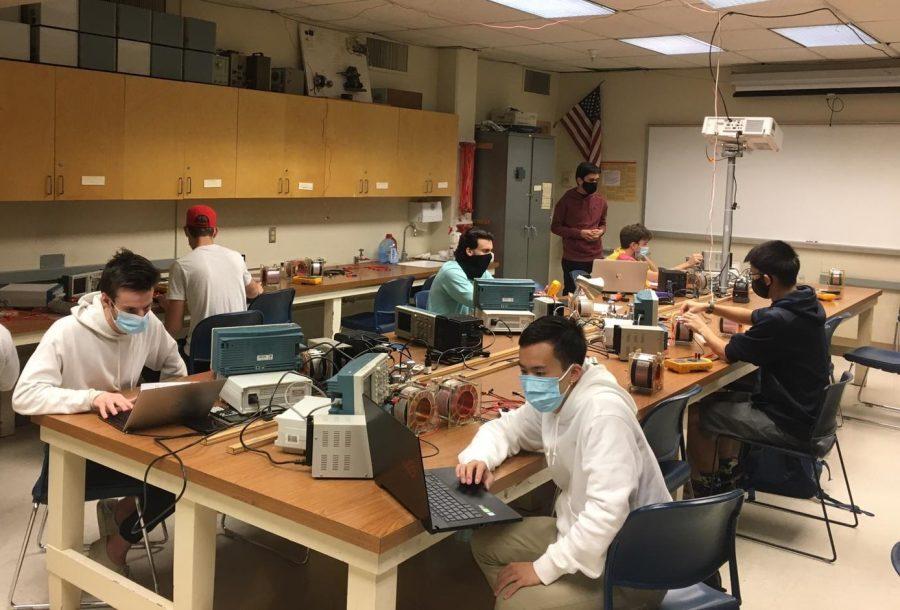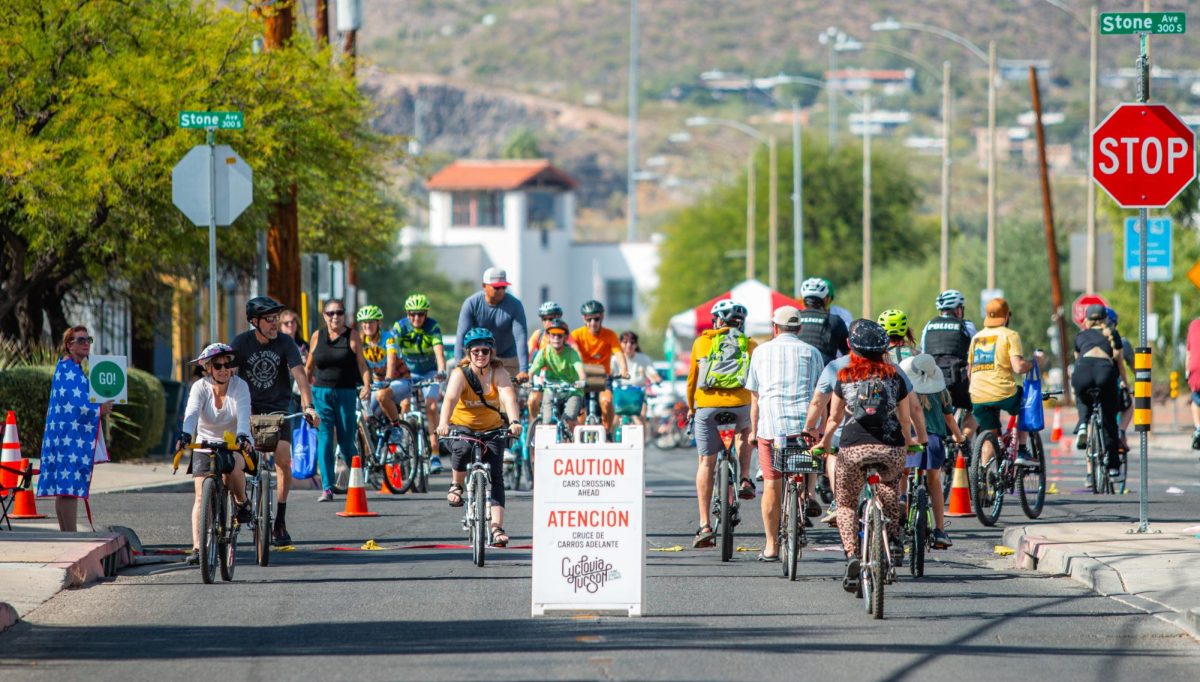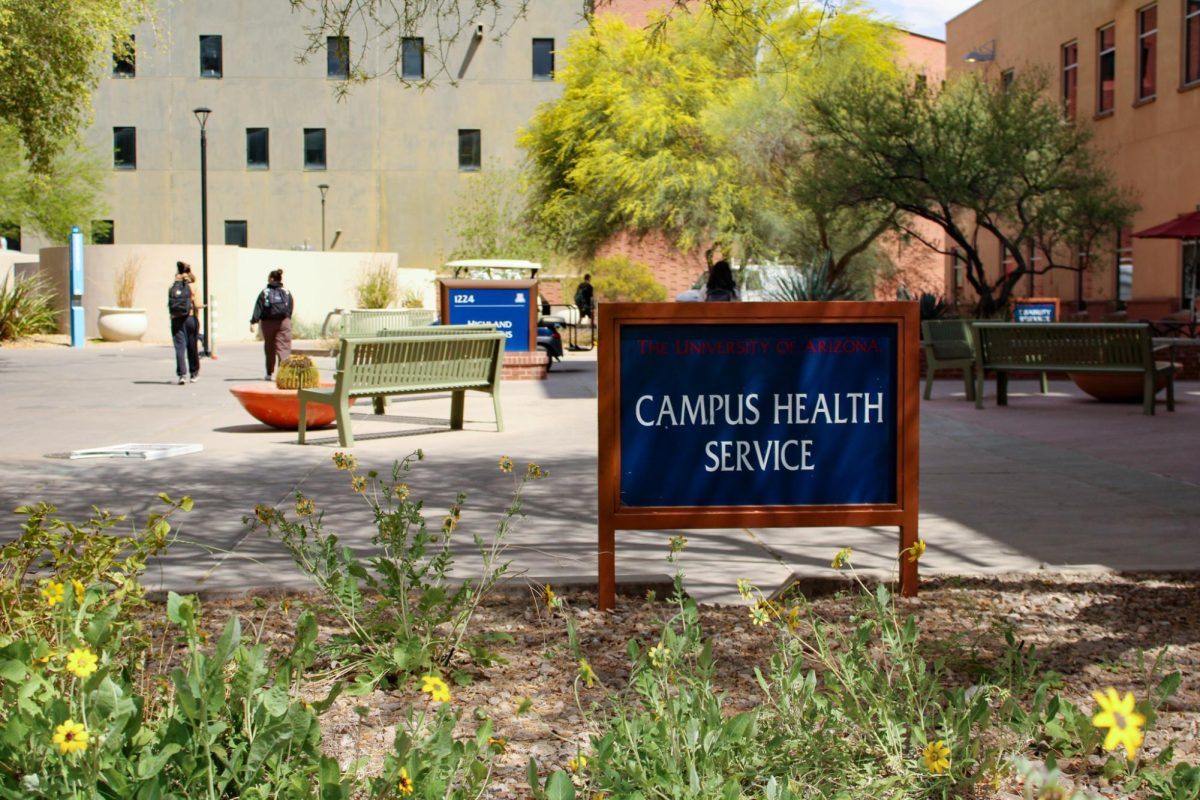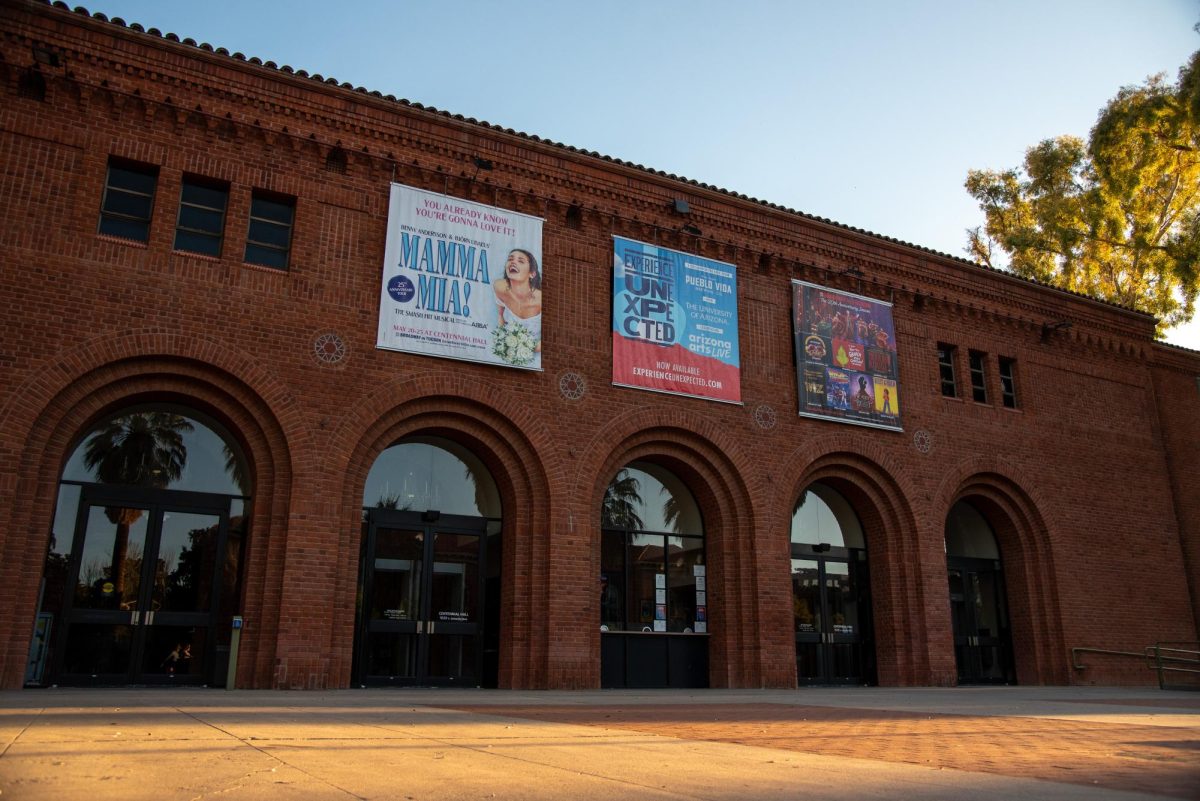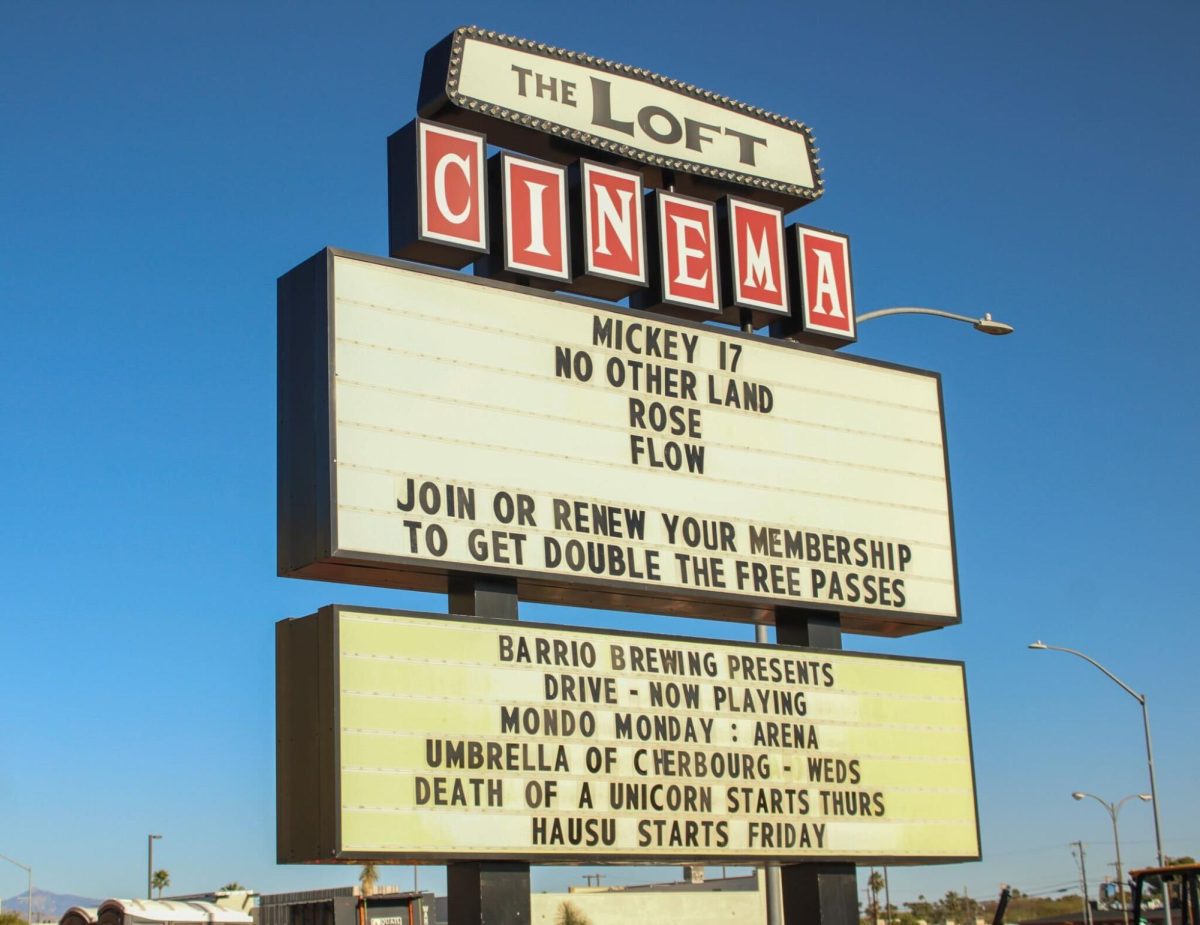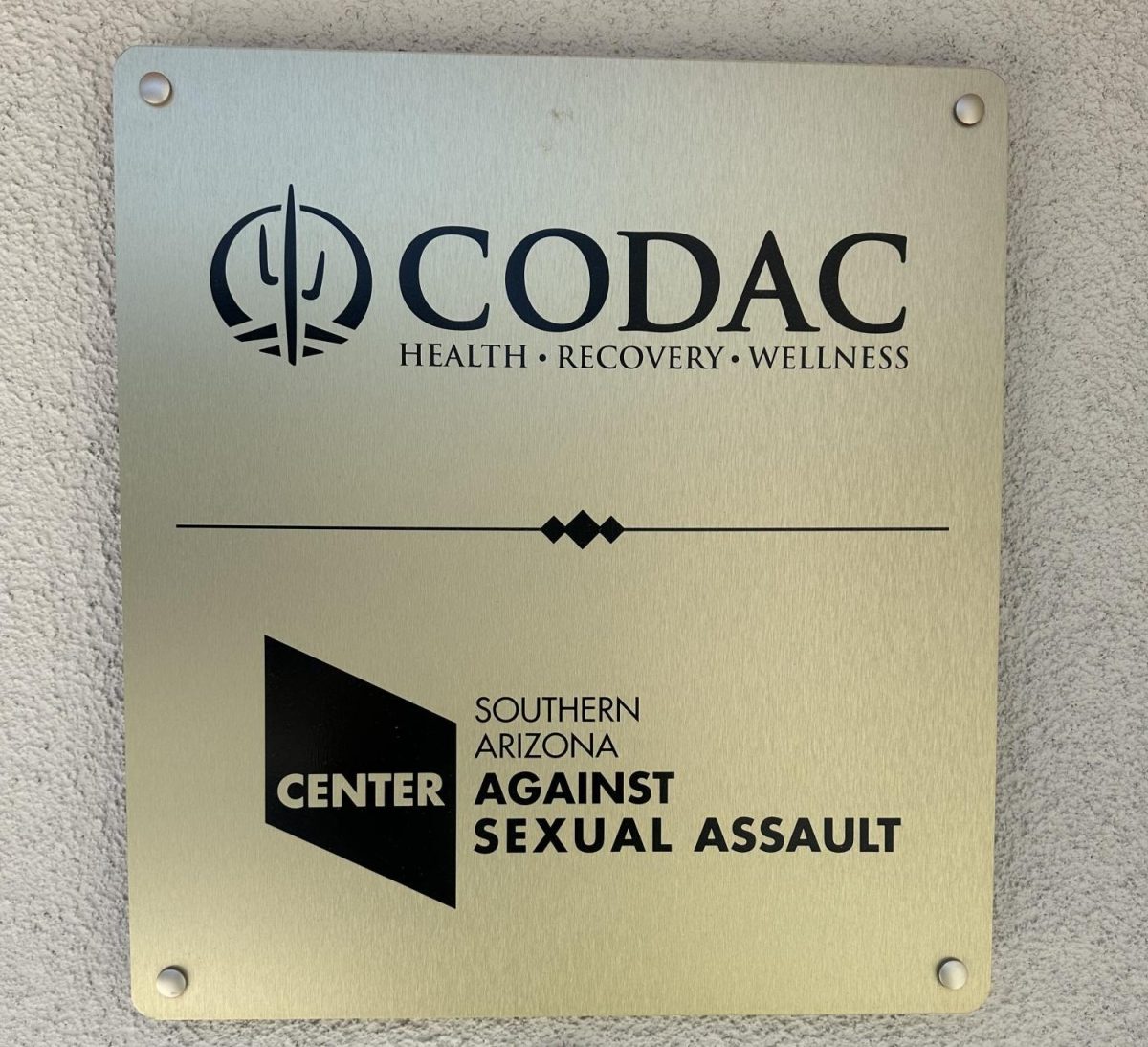From words muffled by masks, to dancers on hiatus, to socially distant hands-on help, graduate teaching assistants experience a variety of challenges teaching amidst a pandemic this semester at the University of Arizona.
The UA opted for an on-ramp approach to deliver in-person instruction for fall 2020. Stage one classes for fall included labs, and fine and performing arts studios, with more classes expected to be added to the stage one category next spring.
RELATED: Reentry update: Task force discusses nationwide COVID-19 increase, election results
Stage one classes were taught predominantly by graduate teaching assistants; in the physics department, all labs – over 30 sections – are taught by teaching assistants. All sections of Physiology 201 lab are taught by graduate teaching assistants. Meanwhile, school of dance in-person classes are mostly, but not all, taught by faculty.
One mandatory safety measure implemented for in-person teaching was mask-wearing, which is an effective way of minimizing the spread of the coronavirus, according to the Centers for Disease Control and Prevention. However, masks present a challenge for effective communication in classrooms that are not equipped with microphones.
“When I am teaching, I raise my voice more than what I would normally do, so students can hear me,” said Edgar Salazar-Canizales, teaching assistant for the UA Physics Department. “Students aren’t as aware of this and sometimes they ask questions in a really low voice and it’s really hard to hear.”
Another novel factor with in-person settings is the need to socially distance. TAs said it requires real creativity to guide the students verbally and from a distance while teaching a hands-on lab. Students often struggle with the material and TAs are limited in the ways they can assist them.
“It’s definitely a little bit difficult doing the in-person as far as not being able to help students with hands-on things like microscopes,” said Kyle Filicetti, a teaching assistant for Physiology 201. “If they are having trouble focusing the microscopes, we are not allowed to approach them.”
Particularly for Physiology 201, what normally would be a three-hour long lab, has been reformatted to 45 minutes with fewer numbers of students in each section.
For Physiology 201, each teaching assistant has two sections of 30 students, each subdivided in sections of 10 students. In these labs they work with microscopes, look at bone anatomy and do dissections, all in under one hour.
“I suddenly now have to do mental gymnastics to figure out what is the most important thing that I have to highlight in this essentially 35-minute class because we also have to make sure we have time left over for cleaning,” said Keila Soto Espinoza, another physiology TA.
An added duty for teaching assistants this semester is keeping track of students who are in quarantine or isolating and supporting students who are missing labs. Salazar-Canizales said that it seems like every student will have to miss a lab at some point either because they were exposed or have the virus. By mid-semester, six of his 22 students needed to quarantine.
RELATED: ASUA Notebook: Senators Continue to Discuss Implementation of Diversity Classes
Filicetti, in physiology, pointed out there is extra administrative work involved when a student tests positive. They need to inform the department, communicate back and forth with the student while supporting them with deadline extensions and emailing the people in charge of moving those deadlines in D2L.
Aside from sick students, TAs have reported a lot more administrative work this fall with office hours, assignments and other forms of communications needing to be delivered in an online setting.
“I think a lot of us are having issues with grading online,” Filicetti said. “We do a decent amount of grading and every time I go in and grade something I have to wait for it to download.”
In addition, teachers have reported that there is a higher volume of emails needed without frequent in-class communication.
“It’s more than I ever thought,” Filicetti said. “Just the administrative side of teaching is quite difficult online.”
In the UA Physics Department, it is unclear what would happen if instructors were to get sick. The department told teaching assistants that if they miss a lab, another TA will cover for them. But then they would have to cover that other teaching assistant another time. If someone misses several lab sessions due to sickness, TAs said, the department will deal with it when it arises.
Teachers working in other departments report different challenges and implemented safety measures. In the UA School of Dance, faculty, graduate students and students attending in-person classes must get tested for the virus once a week, a protocol not mandatory for some other in-person classes.
“If you miss your test of the week, your test time, then you are not allowed in the studio until you get your next test result,” said Ilana Jonas, teaching assistant for the School of Dance. All students agreed before classes started that they would cooperate and test once a week.
A challenge specific to dance majors is the interruption in training. Dancers require strict workout routines and stamina to succeed in their dance programs. Hiatus can present physical risks for them.
“One of my concerns was just bringing them back into taking class in a safe way, just because they had taken time off,” Jonas said. “They have done really well with that, but that was one consideration – they hadn’t done pointe work in six months and I’m sure none of them had ever taken a break that long.”
RELATED: Election 2020: A look at the unprecedented wave of violent poll worker intimidation
Whether in dance, physics or physiology, all the teaching assistants appreciated the COVID-19 testing available through the university. And despite the many challenges, all said they generally felt safe with the university safety measures implemented.
“I don’t think there is anything else I would really add to the safety protocol,” Jonas said, reflecting what other teachers reported. “Everyone has just thought of every possible scenario.”
Jonas said she was a little nervous to be back in the classroom at first, “But being in the studio and seeing the cooperation of the students with all of the protocols that have been put into place I was pleasantly surprised of how safe it felt to be in the studio.”
Cynthia Bujanda is a graduate student in the applied bioscience program at the University of Arizona. Follow Cynthia Bujanda on Twitter



